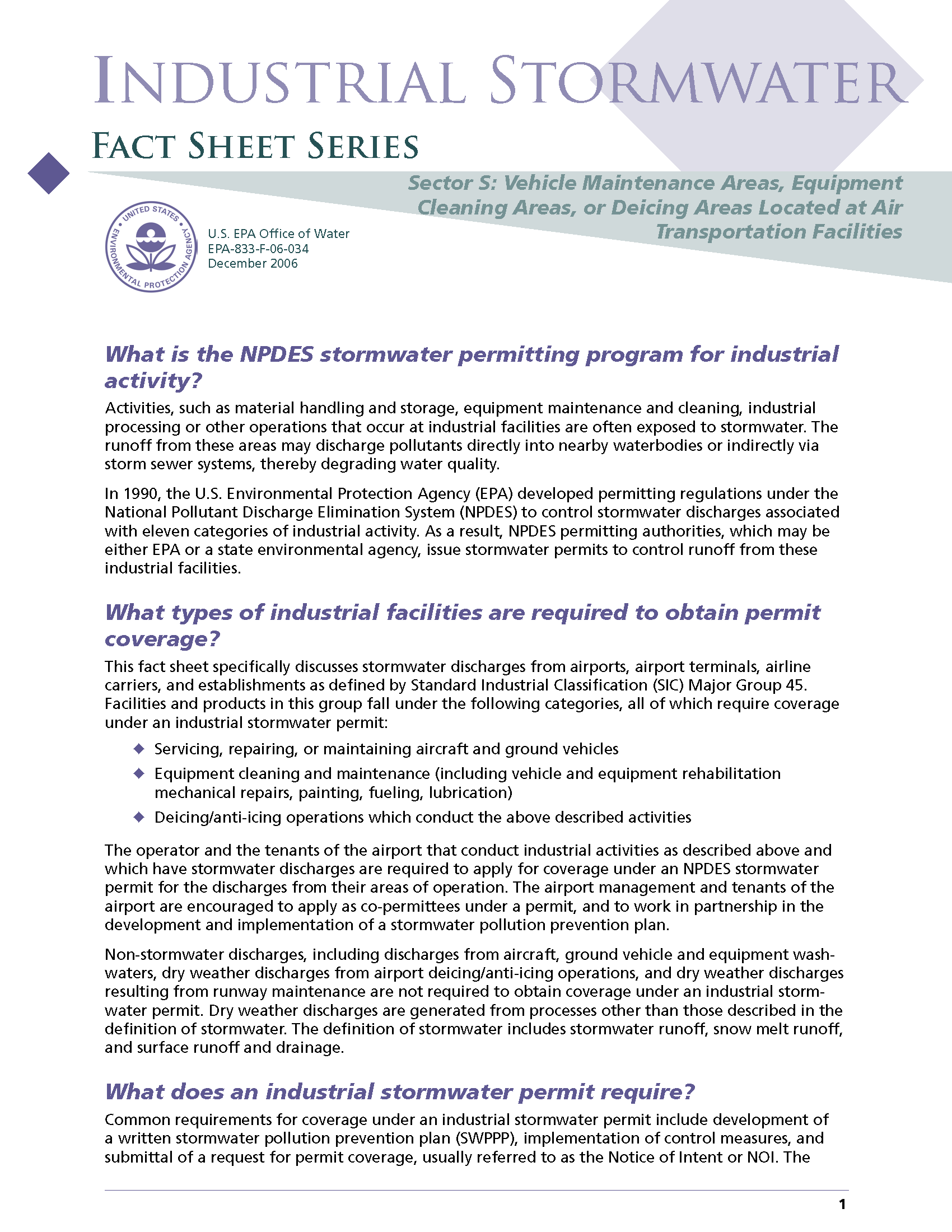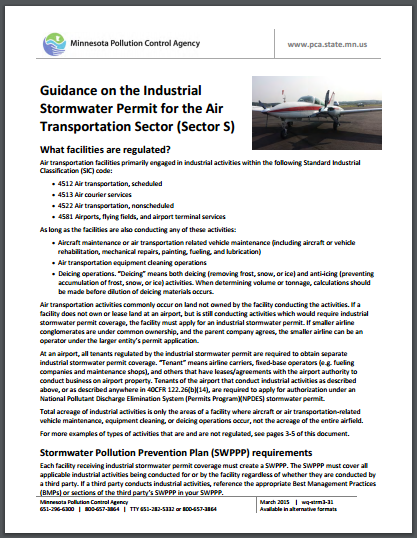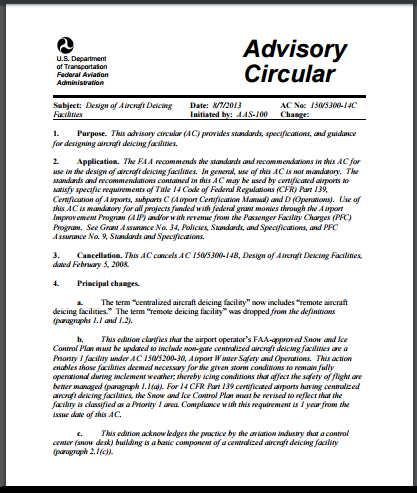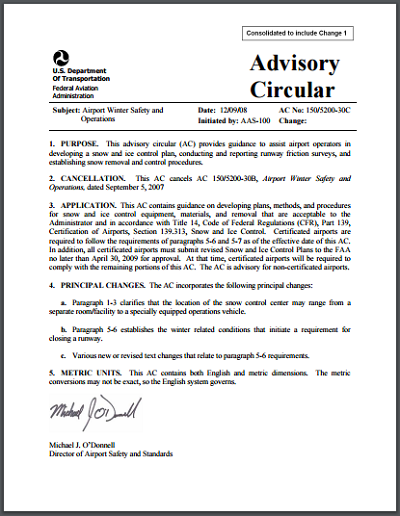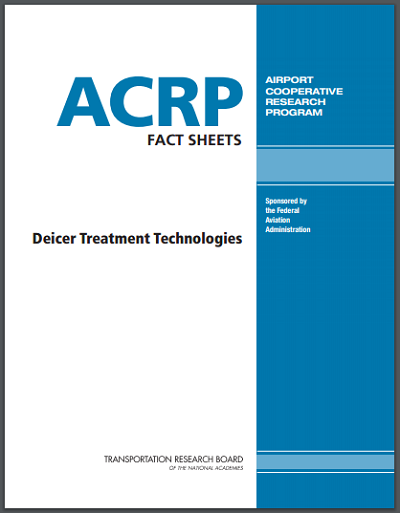< Return to Stormwater Regulations & Permitting
Regulatory Summary: Non-industrial Municipal
Separate Storm Sewer System Stormwater Permitting
Why does the Environmental Protection Agency require municipalities to obtain stormwater permits?
Stormwater from urban streets and municipal separate storm sewer systems (MS4s) is a significant source of pollutants discharged to waters of the United States. Urban stormwater can affect surface water resources by modifying natural flow patterns or by elevating pollution concentrations and loadings.
Congress passed the 1987 Clean Water Act amendments, directing the Environmental Protection Agency (EPA) to establish phased National Pollutant Discharge Elimination System (NPDES) requirements for MS4 discharges. EPA’s 1990 Phase I MS4 stormwater program requires permits for discharges from medium and large MS4s serving a population of 100,000 or more. EPA’s 1999 Phase II program expanded the MS4 permit requirements to include small MS4s in certain urbanized areas and for certain “non-traditional” MS4s, including many airports. By statute, MS4 permits must control pollutant sources to the “maximum extent practicable” (MEP).
How do MS4s obtain permits?
EPA’s MS4 stormwater application regulations (Phase I) established requirements for a two-part permit application that allowed medium and large local governments to help define priority pollutant sources in the municipality and to develop and implement appropriate controls for such discharges to MS4s (55 FR 47990, November 16, 1990). Part II of the application requires applicants to propose municipal stormwater management programs to control pollutants to the MEP and to effectively prohibit non-stormwater discharges to the municipal system. Medium and large MS4 operators are required to submit comprehensive permit applications and are issued individual permits.
Phase I MS4 permits combine source controls and management practices that address targeted sources within the boundaries of the municipal system. In some cases, airports that operate wholly within a medium or large MS4 may be required to comply with that MS4’s permit mandates if they discharge stormwater into that MS4’s stormwater collection and conveyance system.
EPA’s Phase II stormwater program extended the NPDES permitting program to small MS4s in urbanized areas (64 FR 68722, December 8, 1999), with somewhat simpler application and compliance requirements than Phase I. EPA and states may permit small MS4 operators using an individual permit, a general permit, or a modification of an existing Phase I MS4’s individual permit (although the vast majority of small MS4s have been covered under general permits). EPA clarified the small MS4 permit application requirements in late 2016 (81 FR 89320, December 9, 2016). At a minimum, the Phase II MS4 regulations require small MS4s to develop a program to implement six minimum control measures that include best management practices (BMPs) and measurable goals for each BMP.
For additional information on EPA’s NPDES MS4 permitting program, search the internet using these keywords: NPDES stormwater MS4.
What is “maximum extent practicable”?
Congress did not define MEP in the Clean Water Act. EPA also has not precisely defined the term so as to allow maximum flexibility in MS4 permitting to optimize reductions in stormwater pollutants on a location-by-location basis (64 FR 68754, December 8, 1999). In the Phase II rulemaking, EPA established that MEP for small and non-traditional MS4s is based on the operator implementing six minimum control measures. Subsequently, several environmental groups challenged the discretion and flexibility that EPA provided to MS4 operators and the lack of public participation in the issuance of small MS4 general permits. A federal court agreed and in response, EPA issued guidance on April 16, 2004 to enhance public availability of notices of intent (NOIs), opportunity for public hearings, and permitting authority reviews of NOIs. In 2016, EPA proposed significant permit application revisions for small MS4s. That rulemaking is still pending.
Can airports themselves be considered MS4s?
As noted above, airports that operate wholly within a large or medium MS4 may be required to comply with that MS4’s permit mandates if they discharge stormwater into that MS4’s stormwater collection and conveyance system. At the same time, EPA regulates more than just what most people might consider to be “traditional” storm sewer systems. EPA’s Phase II regulations expanded the MS4 permit program to certain “non-traditional” MS4s, such as state departments of transportation (DOTs), airports, universities, local sewer districts, hospitals, military installations, post offices, prisons, or irrigation districts.
As a result, airports may be targeted specifically for MS4 permitting in addition to other industrial or construction stormwater permits. Because of the unique structure and features of many non-traditional MS4s, some of the typical MS4 permitting elements may need to be modified to better suit the situation, or may even not be entirely applicable. For example, a public education program for an airport or military base would be very different from a public education program for a city.
In other instances, some non-traditional MS4s may lack the legal authority or employ a different type of enforcement mechanism than a city/county government to implement MS4 permit terms. For example, a state DOT may not have the legal authority to enforce controls on illicit discharges into its system. In these situations, the DOT is encouraged to work with the neighboring regulated traditional MS4 to develop and implement a shared program in which each permittee is responsible for activities that are within their individual legal authorities and abilities. An evaluation of a non-traditional MS4 program must be very specific to the particular circumstances, permittee relationships, and permit requirements applicable.
If an airport, for example, has active construction operations greater than 1 acre in size and has been designated as a non-traditional MS4, it may have to obtain coverage for its stormwater discharges under separate industrial, construction, and MS4 permits. The airport operator might identify all of the active “industrial” areas for coverage under a general industrial permit, the construction operations for a general construction permit, and the remaining airport property (most likely the public parking and access conveyances outside the airport operations area and other non-industrial runway, taxiway, and unimproved airport property within the airport operations area) for MS4 permitting.
* * * * * * *


